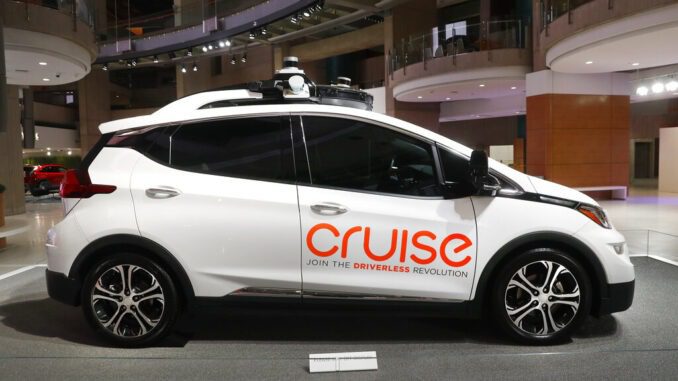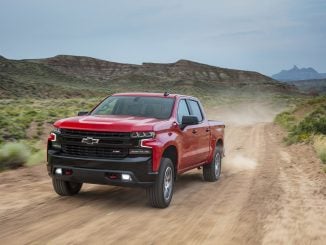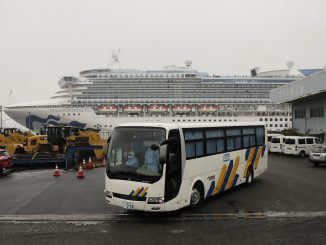
SAN RAMON, Calif. — General Motors’ self-driving car company is sending vehicles without anybody behind the wheel in San Francisco as it navigates its way toward launching a robotic taxi service that would compete against Uber and Lyft in the hometown of the leading ride-hailing services.
The move announced Wednesday by GM-owned Cruise come two months after the company received California’s permission to fully driverless cars in the state.
Like dozens of other companies testing the robotic technology, Cruise’s self-driving cars have been allowed on California public streets for several years with humans poised behind the wheel to take over in an emergency. Now, Cruise is confident enough to send out its self-driving cars without that safety net, instead monitoring from remote locations and, at least initially, having a company employee sitting in the front passenger seat. That employee won’t have access to the same controls as a backup driver and eventually won’t be sitting in front, according to the company.
“You’re seeing fully driverless technology out of the (research and development) phase and into the beginning of the journey to being a real commercial product,” Cruise CEO Dan Ammann said Wednesday.
California regulators also recently approved new rules allowing ride-hailing services to pick up passengers in self-driving cars, but Cruise isn’t going down that road yet.
Instead, Ammann pledged the company will move cautiously while dispatching up to five fully driverless cars into parts of San Francisco initially. Cruise’s employees most likely will be the only passengers initially riding in the fully driverless cars, just as they were when the company was testing the vehicles with a human backup behind the wheel.
Ammann declined to provide a timeline when asked if Cruise planned to use its driverless cars in ride-hailing service within San Francisco next year.
Cruise, which GM bought in 2016, had initially set a goal of using driverless cars in a ride-hailing service by the end of last year, but perfecting the required technology has proven far more challenging than some of the world’s top robotic engineers envisioned when they working on their driverless technology anywhere from five to 10 years ago.
Waymo, a self-driving car pioneer spun out of a Google project, also has had to move more slowly with a robotic ride-hailing service it launched in the Phoenix area two years ago. That service, though, has been able to steadily expand since its debut, and Waymo also has a permit to deploy fully driverless cars in California, although the company hasn’t yet indicated when it might do that.
Three other companies have California permits to operate fully driverless cars in the state: AutoX Technologies, delivery service Nuro and Amazon’s Zoox, which recently posted a video promoting a Dec. 14 announcement about its future direction.
Cruise has spent the past five years testing its technology that has been used in 2 million miles of self-driving to reach this point in its evolution.




